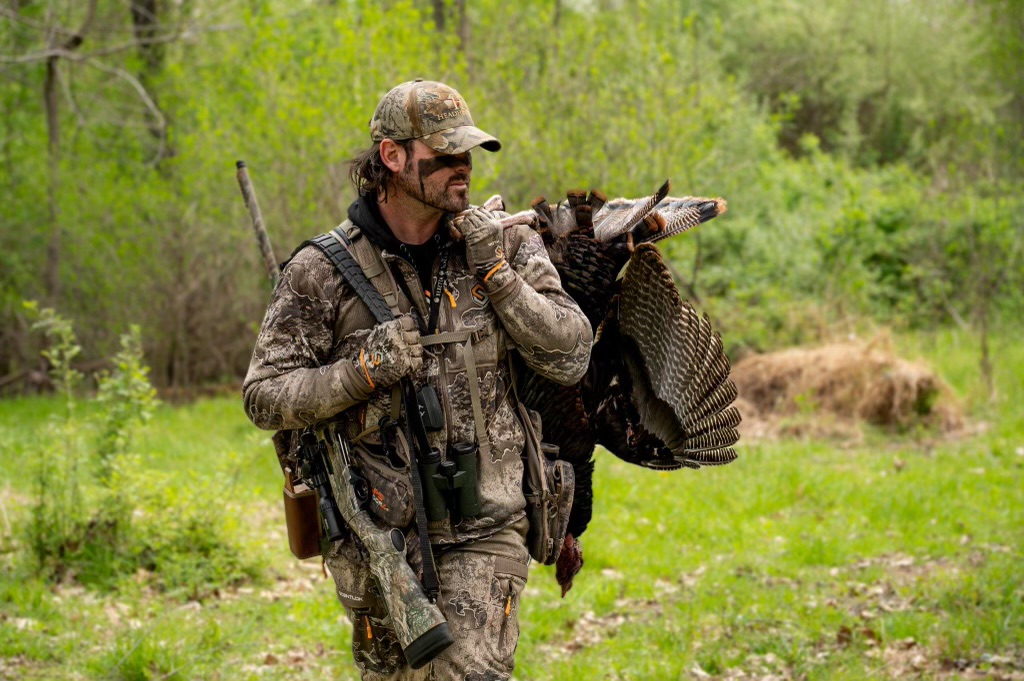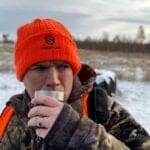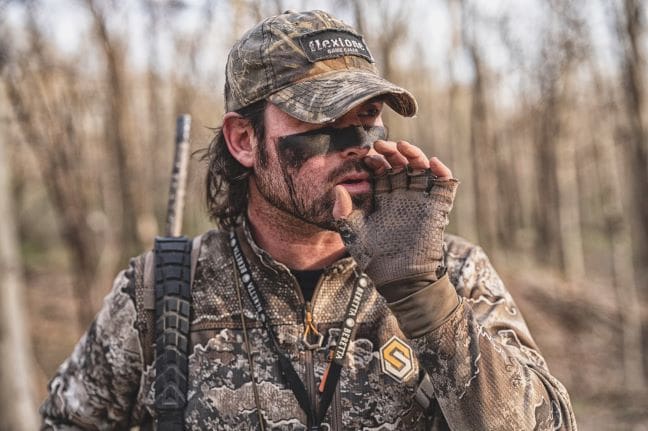As the spring turkey season nears, the middle console of my vehicle will likely become home to an array of turkey calls. On my way to work in the mornings or anytime I drive for an extended period, I typically have a diaphragm call in my mouth, polishing up my calling skills in preparation for the upcoming hunting season.
Throughout my lifetime, I have been blessed to have hunted with or listened to some of the best turkey callers in the country. I have sat in the Grand National Calling Championships’ crowd, called in several calling competitions myself, and witnessed some of the most realistic turkey callers ever on a calling stage. There is something special about hunting with someone who is an excellent caller and hearing the magic sounds that echo through the spring timber as if a real hen was calling to a lovesick gobbler. Although I never had the opportunity to share the woods with him, one of the best turkey callers, in my opinion, is Headhunters TV co-host Nate Hosie. While he is hunting, his yelp on a mouth call is the most “turkey” sounding yelp I have heard produced by a hunter. When I recently spoke with Hosie to get his opinion on the best turkey calls for spring turkey hunting, I started by expressing that if there were one caller I would want behind me while hunting, it would be Hosie.
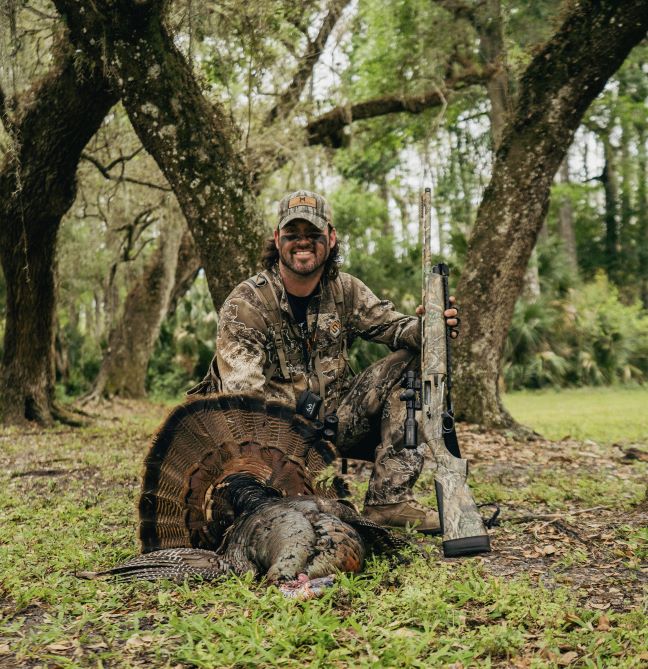
What’s In Nate Hosies Turkey Vest?
Before we learn what sounds and calls Hosie likes to use the most, let’s see what he has in his turkey vest and dive into his arsenal for battling with a spring tom. “I have a box call, a slate and glass call, with multiple strikers, and my cut box, a homemade cutting friction call. Then, I have my three or four mouth calls in my call caddy.” As for locator calls, Hosie carries a crow call, not usually an owl call like most hunters because he typically uses his natural voice to imitate an owl. Other than calls, Hosie carries a pair of snips to trim shooting lanes or clear an area for the setup, and extra gloves and a headnet in case one gets misplaced.
After discovering his must-have turkey vest items, I had to find out what sounds he prefers when hunting turkeys in the early mornings while on the roost, mid-mornings, and late afternoons.
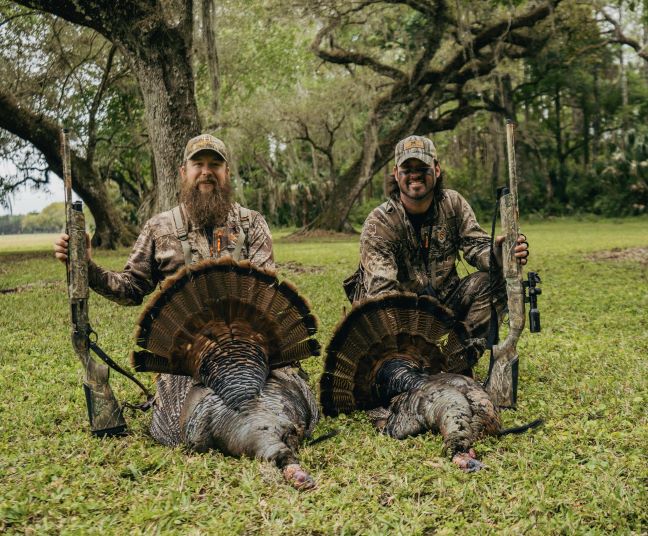
On The Roost
“Whenever I am starting the morning off, I typically always have a diaphragm call,” says Hosie. When making the first call of the day, Hosie begins by making a soft call, where the roosted tom can barely hear the sound. “Maybe he didn’t even hear me at first, yet I began my calling sequence with a soft yelp.” He then explained that a soft hen yelp resembles a hen who is shaking her wings off after waking from a long night. If the first few softer yelps don’t get a tom to answer, Hosie says he either didn’t hear the yelps or is uninterested. Either way, Hosie then slightly increases the volume of his calling and lengthens the time to see what mood the gobbler will be in that morning. Hosie explains not to call too much when a tom is in the tree. “I don’t want to hold him up in the tree.” He then lays off his calling until he knows the tom is on the ground, then begins calling more. “Calling to a tom who is on the roost is a way to check his temperature and see how hot he is feeling and what the morning is going to entail,” says Hosie.
Mid Mornings
Let’s fast forward to mid-morning in the spring woods; the toms have all come down from the roost, and the hens are moving around; now it is time for hunters to make their next game plan of how they can call the mature gobbler into close shooting range. “Around 8:30 to 9:00 a.m. is when I begin to get out my friction calls,” says Hosie. When out looking or prospecting for a tom, Hosie switches to a friction call, whether it be a glass call, box call, or his custom-made cutting box, to reach a louder volume call. Hosie states he likes to use a run-and-gun style if he is not waiting for a tom to come in closer. If you are looking for a gobbler to strike up a gobble, Hosie suggests being mobile and periodically calling with louder calls, and you will most likely strike up a lonely tom during the mid-morning.
Afternoon
After the so-called morning rush, Hosie likes to do what a friend calls, finding a gobbler loafing. This is when a tom hangs out in the shade, trying to stay cool in the warmer daytime temperatures. During warmer weather, Hosie often reverts to his morning routine, using softer yelps, which is low-key. “If I am in fields or open areas, of course, I am going to use my friction calls to be able to reach out farther, yet when I am working the edges of the timer, trying to find a tom hanging out, I tone down my calling and use my diaphragm call, while completing a slower run and gun style of hunting.”
